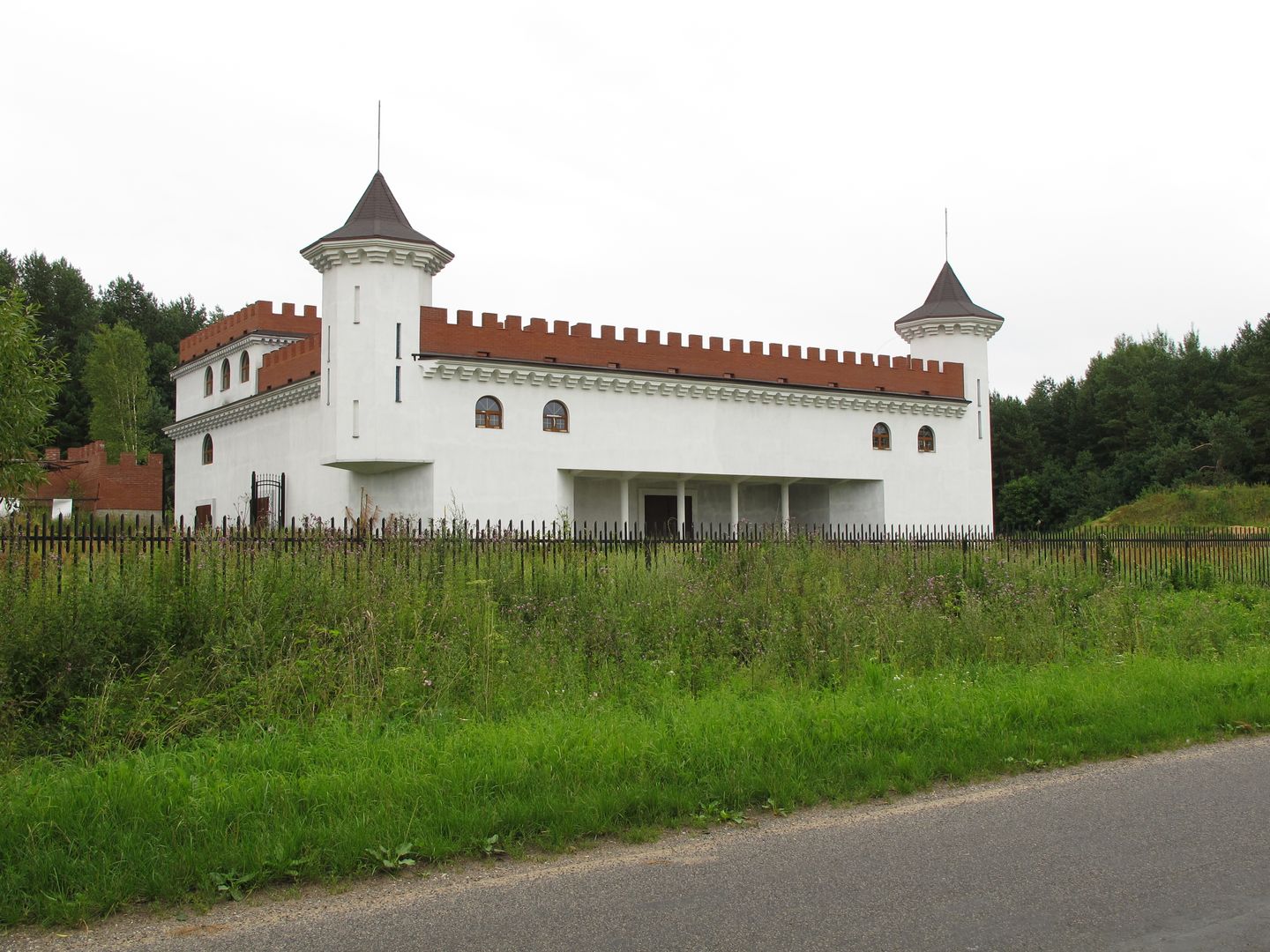Ryboły
6.37

Overview
Ryboły is a village in the Podlaskie Voivodeship, within Białystok County, with a history dating back to the 15th century. The name of the locality is associated with fishing in the Narew River, which was significant for the Bielsk Castle. In the 16th century, the village changed its location and name, though the original names remained in use. Ryboły was a royal property, and a manor farm (folwark) was established here. In 1737, it was granted the privilege of holding weekly markets, which enhanced its importance. During the 18th century, the village suffered from invasions and cholera epidemics, leading to the destruction of buildings and inhabited lands. The manor farm developed until the end of the 18th century, but reports noted the poor condition of its buildings. In the 19th century, a school was opened, and the village underwent industrialization with the construction of a distillery and a sugar factory. World War I brought destruction, and residents returned to ruined homes between 1918 and 1921. During the interwar period, Ryboły was part of Bielsk County, and after World War II, partially destroyed lands were leased to farmers. Today, the village has an ethnic Belarusian character with a unique Podlachian dialect. Ryboły is home to an Orthodox parish with churches, including a cemetery church from 1873 and a church complex built between 1874 and 1879. An important cultural feature is the "Baćkauszczyna" Museum of Material Culture, as well as traditional Podlachian wooden architecture. The village hosts annual Belarusian harvest festivals and boasts a rich cultural heritage. Notable clergy and scholars are associated with Ryboły, and local traditions are maintained by the community.
Location
2025 Wizytor | All Rights Reserved

